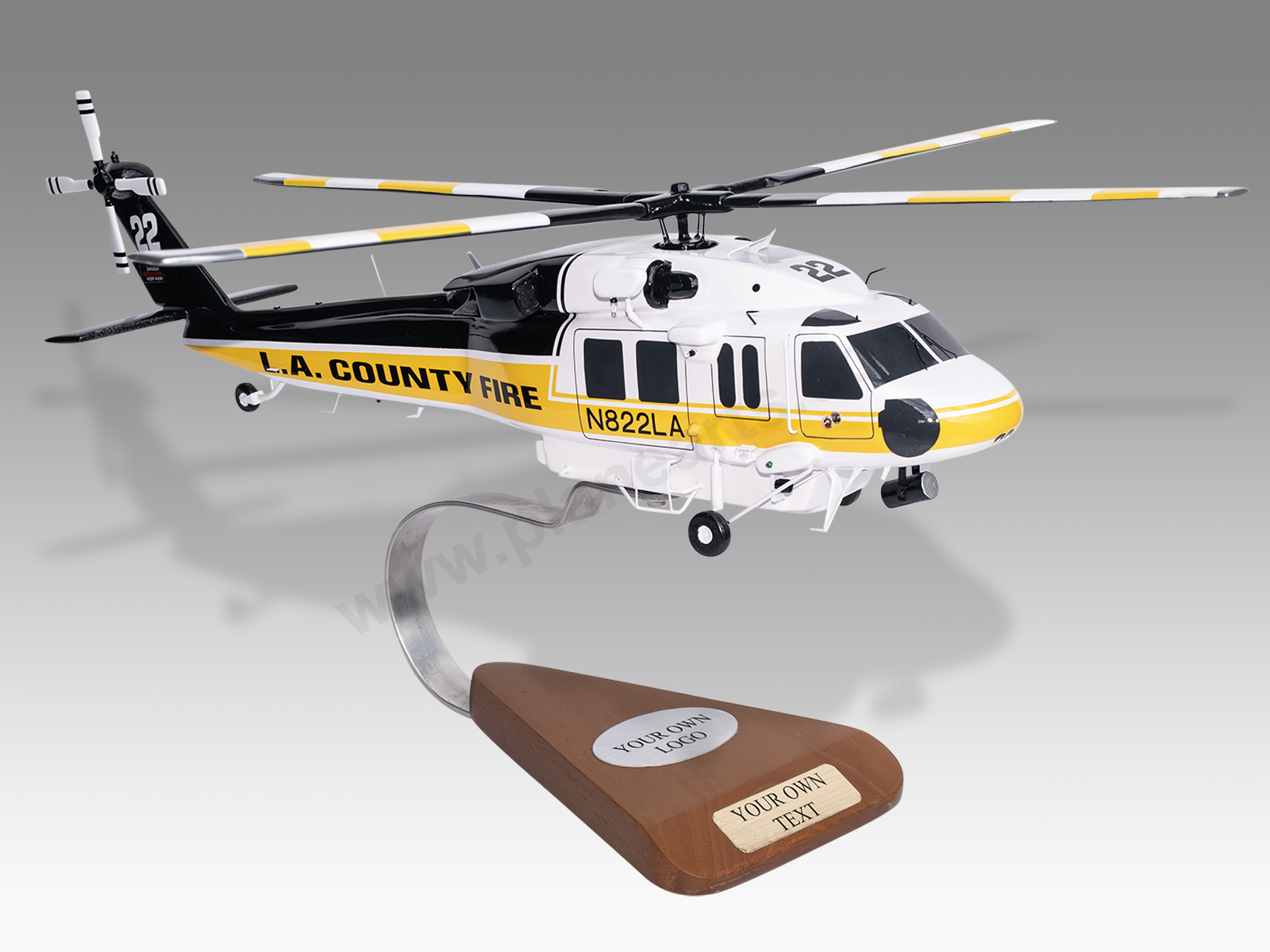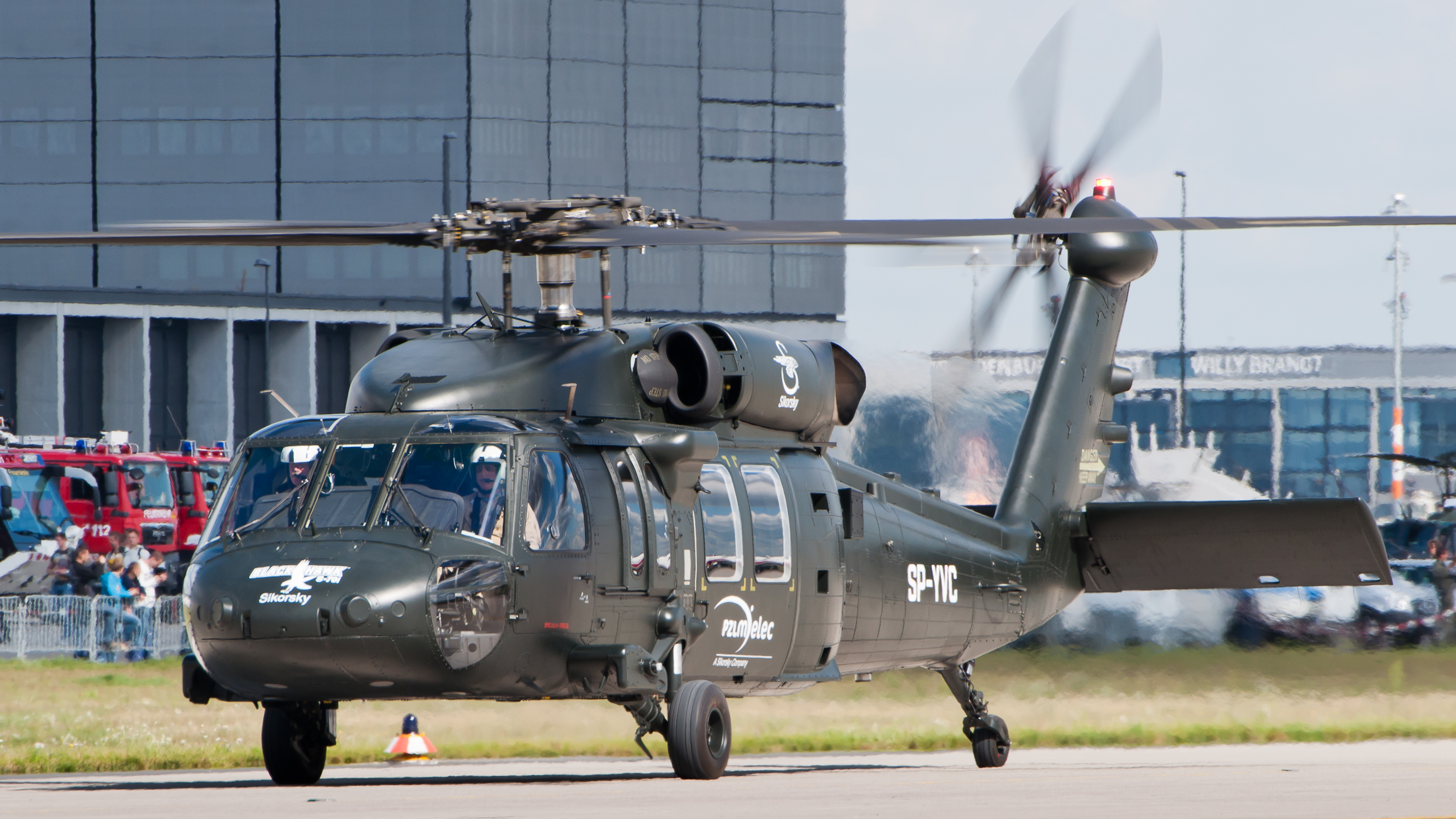Sikorsky S 70: Reinventing Tactical Workflow with Cutting-Edge Innovation
Sikorsky S 70: Reinventing Tactical Workflow with Cutting-Edge Innovation
Blog Article
Rotary-Wing Aircraft Offering Superior Longevity and Precision Design
In the world of air travel, rotary-wing aircraft have long been recognized for their special capabilities in various functional atmospheres. From army goals to noncombatant applications, the evolution of rotary-wing innovation has actually led the way for machines that offer exceptional sturdiness and precision design. Via innovations in materials and building strategies, combined with sophisticated flight control systems, these aircraft have actually come to be vital devices for jobs that demand both toughness and precision. As we check out the intricate equilibrium in between innovation and reliability in rotary-wing airplane, it becomes evident that the convergence of cutting-edge technology and tested style principles has set a brand-new requirement for efficiency and efficiency in the aerospace market.
Evolution of Rotary-Wing Technology
Throughout the background of air travel, the advancement of rotary-wing technology has been a testimony to constant technology and advancement in aeronautical design. From the early days of vertical flight with simple designs to the advanced helicopters and other rotary-wing airplane these days, the progression in this field has been amazing.
In the early 1900s, pioneers like Igor Sikorsky and Juan de la Cierva made considerable strides in rotary-wing technology. Sikorsky's VS-300 helicopter, very first flown in 1939, marked a zero hour in the advancement of practical rotary-wing aircraft. This success led the way for more advancements in upright flight abilities.

Today, rotary-wing airplane play essential duties in various sectors, including armed forces operations, emergency situation clinical solutions, legislation enforcement, and business transportation. The evolution of rotary-wing innovation remains to press the boundaries of what is possible in vertical flight, making sure that these aircraft continue to be crucial possessions in the aviation industry.
Materials and Building Innovations
Showing a blend of cutting-edge products and precise building techniques, rotary-wing aircraft have actually undergone significant innovations in resilience and performance. One of the vital innovations in products utilized for rotary-wing airplane is the raising utilization of composite materials. These products, such as carbon fiber enhanced polymers, offer a high strength-to-weight ratio, improving both the structural integrity and overall performance of the airplane. Additionally, advancements in making processes have enabled for more intricate and accurate construction of rotary-wing components, adding to improved aerodynamics and effectiveness.
In addition, the assimilation of innovative layers and surface area therapies has actually played an essential function in enhancing the durability of rotary-wing airplane. These coatings offer protection versus corrosion, abrasion, and extreme climate condition, extending the life expectancy of the airplane and minimizing upkeep needs.
In regards to building innovations, additive production, likewise referred to as 3D printing, has revolutionized the production of complex parts for rotary-wing airplane. This innovation allows for quick prototyping and modification, bring about quicker advancement cycles and lowered prices. On the whole, the continual advancement of materials and building strategies is driving the capabilities and efficiency of rotary-wing aircraft to new heights.
Accuracy Trip Control Systems

The combination of GPS technology further enhances the precision and integrity of these systems, permitting precise navigation, waypoint monitoring, and automated flight control. sikorsky s 70. This degree of precision not just boosts the safety of rotary-wing procedures however likewise improves general functional performance and objective effectiveness
In addition, the continual developments in artificial intelligence click this and equipment discovering have helped with the advancement of self-governing flight capacities within Accuracy Flight Control Equipment. This enables rotary-wing aircraft to execute complex missions with unmatched precision and uniformity, making them essential possessions in a large range of applications, consisting of armed forces procedures, search and rescue goals, and airborne digital photography.
Longevity in Challenging Atmospheres
In requiring functional setups, rotary-wing aircraft demonstrate exceptional strength and toughness, making sure optimum performance under challenging ecological problems. These airplanes are created to hold up against a large range of ecological elements, consisting of extreme temperature levels, high winds, and harsh terrain, making them appropriate for various objectives in varied landscapes.
One vital element adding to the longevity of rotary-wing airplane is their tough building and construction. These airplanes are built using top quality materials and advanced engineering techniques to boost their structural honesty and reliability. Additionally, components such as rotor blades, engine systems, and landing equipment are thoroughly developed to hold up against the stress and tensions run into during operations in tough environments.
Additionally, rotary-wing aircraft are geared up with sophisticated onboard systems that keep track of efficiency metrics in real-time, permitting aggressive upkeep and very early discovery of potential concerns - sikorsky s 70. This aggressive method aids protect against unexpected failures and ensures the continued airworthiness of the aircraft sought after functional settings. On the whole, the longevity of rotary-wing airplane in difficult atmospheres is a testimony to their premium engineering and design, making them vital assets for various mission-critical operations
Upkeep and Dependability Requirements
The adherence to strict maintenance and reliability requirements is paramount in guaranteeing the optimum performance and security of rotary-wing aircraft. Regular upkeep checks, performed by licensed professionals, are vital to visit here determine and attend to any type of prospective issues prior to they compromise the airplane's capability. These checks include a detailed exam of all crucial parts, including the engine, rotor system, avionics, and hydraulic systems, to assure that they remain in prime working condition.
Furthermore, adherence to set up maintenance periods in conformity with supplier guidelines is vital for upholding the airplane's integrity. This proactive approach aids stop unexpected break downs and makes sure that the aircraft remains airworthy for its desired missions. Additionally, the execution of robust reliability criteria, such as regular part testing and substitute based upon predetermined lifecycles, additionally boosts the aircraft's reliability.
Conclusion

In conclusion, the developments in rotary-wing airplane modern technology have resulted in premium resilience and precision engineering. With cutting-edge materials and construction techniques, together with precision trip control systems, these aircraft can run in tough settings with enhanced reliability. The maintenance and integrity requirements make sure that these rotary-wing airplane proceed to carry out at their best, making them crucial properties for various sectors.
Demonstrating a fusion of cutting-edge materials and precise construction strategies, rotary-wing airplane have undergone considerable innovations in longevity and efficiency. One of the vital technologies in materials made use of for rotary-wing airplane is the raising application of composite materials.With meticulous attention to detail and advanced technical integration, rotary-wing aircraft have actually welcomed Accuracy Flight Control Solution as a keystone of their operational excellence. Generally, the sturdiness of rotary-wing aircraft in challenging atmospheres is a testament to their premium engineering and read this post here design, making them indispensable properties for different mission-critical procedures.
In final thought, the improvements in rotary-wing aircraft technology have actually led to remarkable resilience and accuracy design.
Report this page